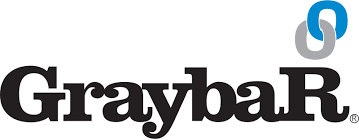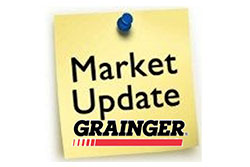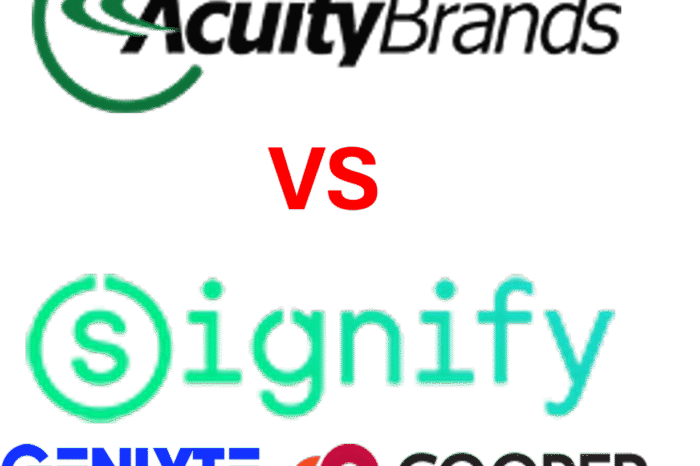LEDs Become Mainstream; Graybar & Grainger Market

LEDs, as distributors know, is becoming more and more mainstream. They dominate new projects and are increasingly being requested for retrofits. The energy savings are significant along with other cost savings (i.e. maintenance, HVAC costs, etc). But you especially know something is mainstream when financial analysts, dare we call them “marketplace watchers”) begin to highlight companies for financial investments like this current article in Forbes.
Four companies are highlighted as ways to play the LED market. The companies mentioned are Philips, Osram, Cree and Acuity as “pure plays”. Other companies where LEDs could impact revenue such as Hubbell, Schneider Electric (due to Juno Lighting), Eaton (Cooper Lighting and some Crouse Hinds) and GE (GE Lighting) were not mentioned. In the cases of Schneider and GE the LED impact could be negligible even though both companies want to be considered “energy” companies.
And LEDs are now considered more mainstream. Consider, from the article,:
- Osram’s Q3 LED business was up almost 70% while classic lamps declined 14%
- Philips’s LED sales grew 43% and LED is now 36% of total lighting sales
- Cree sales were up 19%
- Acuity said that LED lighting represents 33% of sales (and if Acuity is this high, it’s safe to say that Cooper Lighting, Hubbell Lighting and Juno Lighting are north of 25%, perhaps 40%!)
and this doesn’t include innovative companies like Rab, other “supply-oriented” lighting lines like Atlas and Topaz or the plethora of small LED lines.
And the price of components continues to drop while LED functionality improves which will further grow the market … from commercial to institutional to roadway / street lighting and into the industrial space. And consider the lighting design opportunities … and we haven’t touched on much resi (and probably won’t until pricing comes down some more due to ingrained consumer perception and the cost concern (investment) about relamping a house.
Manufacturers have done a good job at the influencer level to create demand. Distributor marketing, unless they are a lighting distributor, has focused on workshops / seminars and personal selling / lighting specialists (energy audits, energy cost savings), has been sporadic.
Two who appear to do a good job in creating visibility are Graybar and Grainger. Look at these initiatives (and Graybar regularly creates LED awareness).
The opportunity to capture lighting / LED share in a marketplace is quickly fading do to the commoditization of the product, but there will always be some differentiation (because it is electronics). Distributors who position themselves as LED “experts” can capture a greater share of this business plus they’ll be training their salespeople to be able to sell the continual new functionality of future LEDs (monitoring, sound, video – capture and projection – , wifi, security, etc).
A couple of thoughts …
- as a distributor, you should try to measure what percent of your lighting business is LED (fixture and lamp or % of overall lighting business).
- if your marketing department is not actively engaged with your key lighting manufacturers and hasn’t develop an LED communication / marketing plan, you’re going to lose the opportunity. Your purchasing / product management group needs to also be actively engaged (as evidenced by the Grainger pricing).
The challenge is that it takes commitment and vision to see how this can differentiate a distributor in their marketplace.
So, what have you done, or seen, to market yourself as your “market’s local LED resource”? If you’re not a distributor, what have you seen?

























